Stylized Character made with SketchUp Pro 2021 Only
-
I plan to share my work here.
Stylized Character made with SketchUp Pro 2021 Only
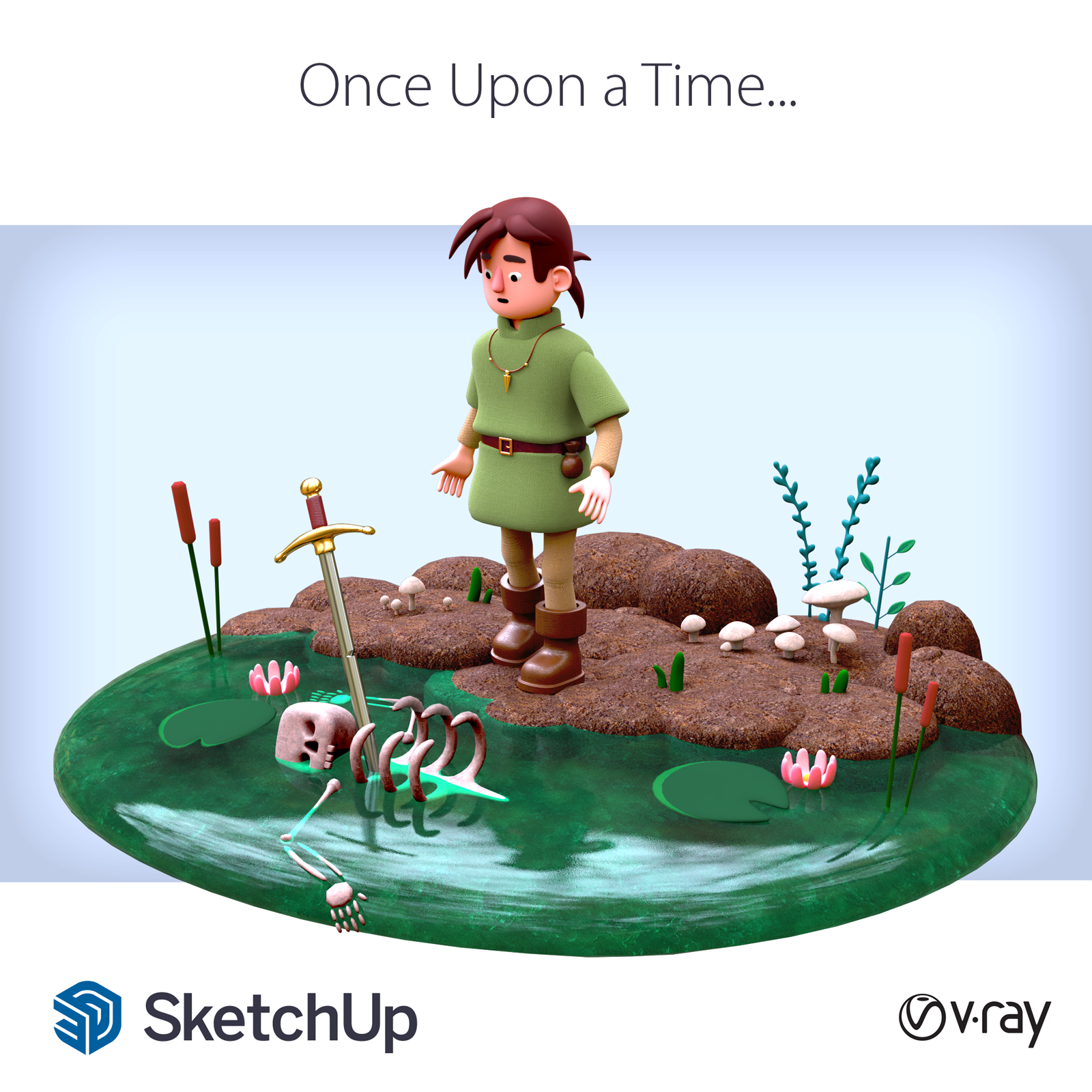

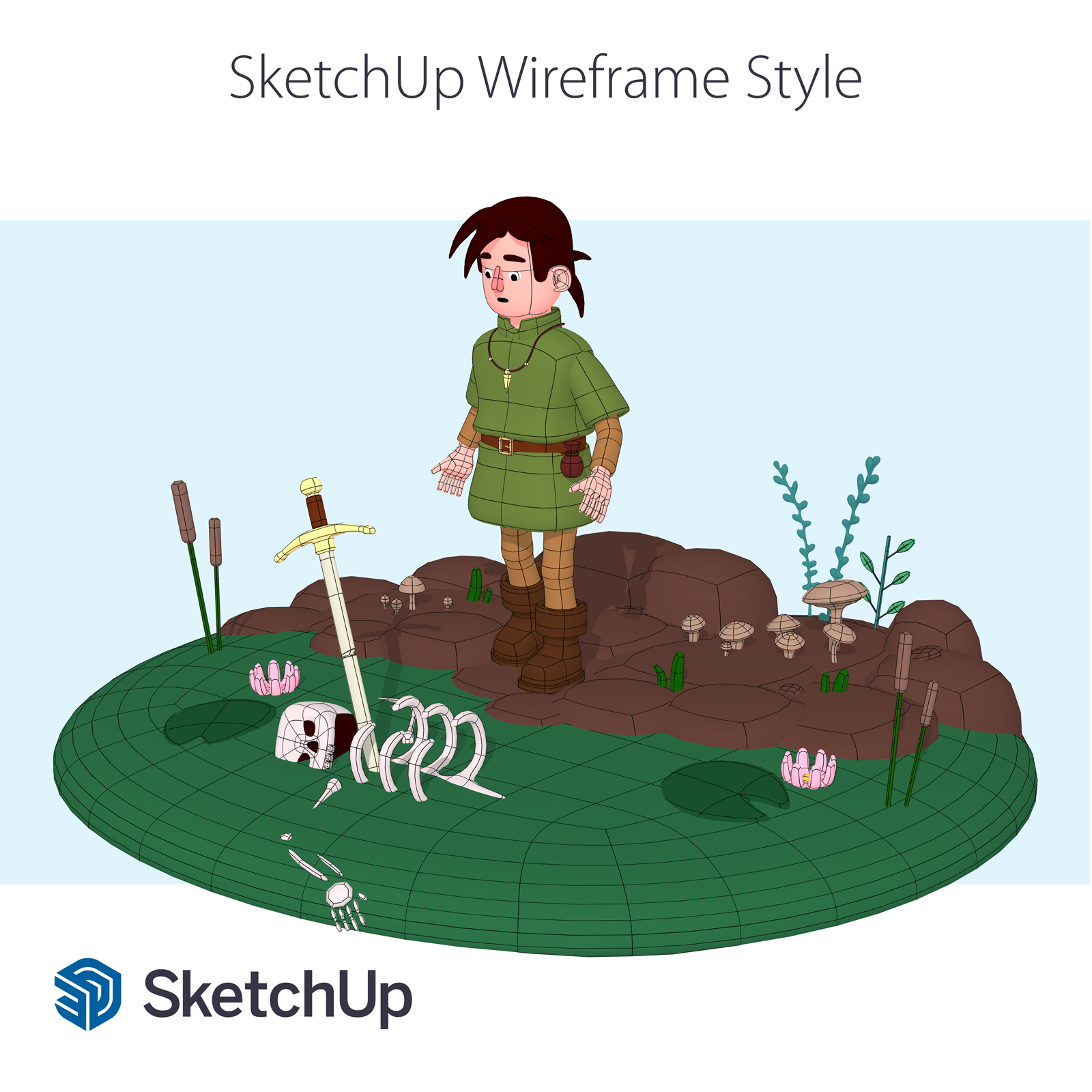
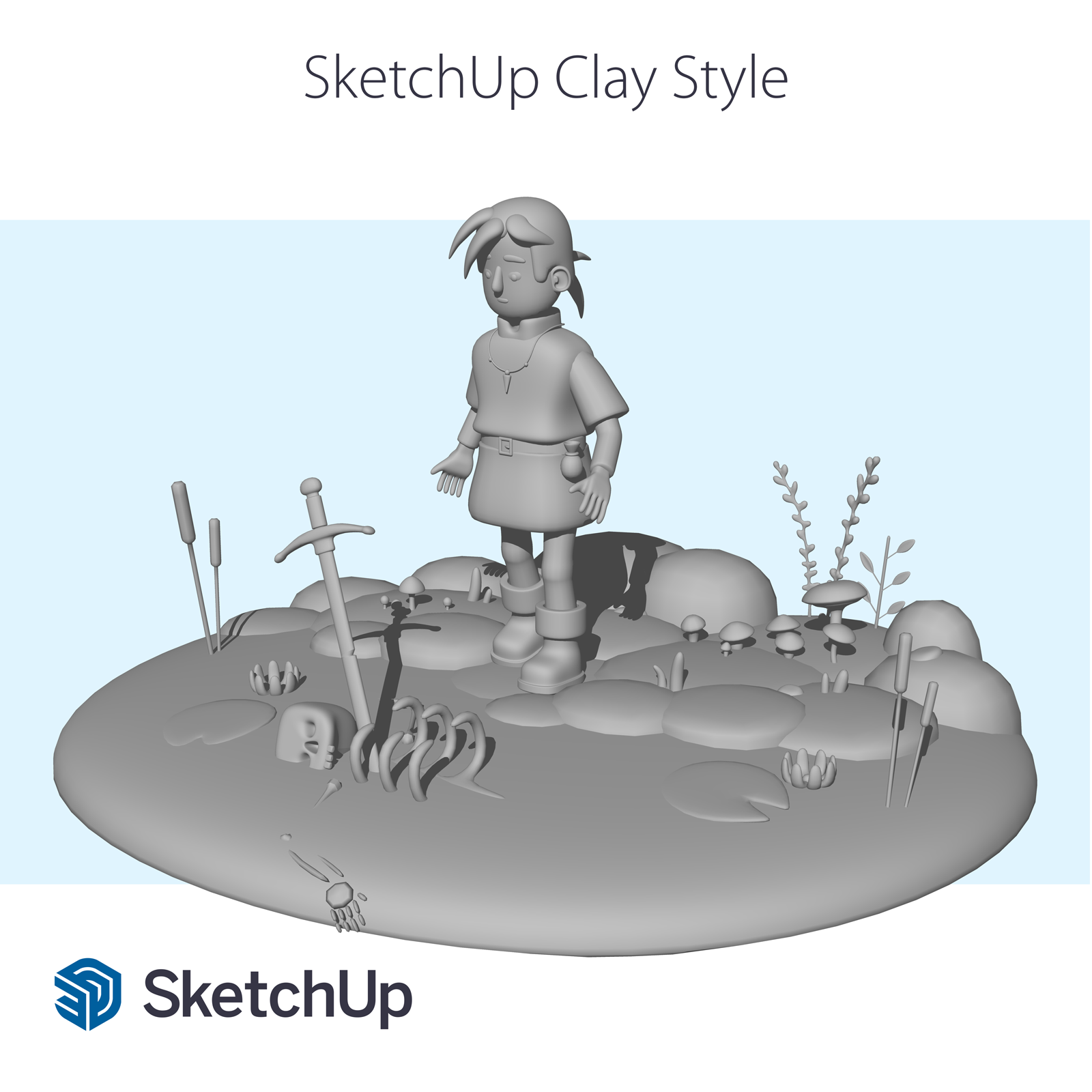
…
Made with SketchUp Pro 2021 and SketchUp Extensions only (No external software used). The first image is rendered in Vray for SketchUp 2021, and the rest of the images are from SketchUp scenes that are custom styled.
I use many SketchUp Extensions, but here is a list of a couple of them:• SubD by thomthom (Must-Have for This Project)
• Vertex Tools 2 by thomthom (Must-Have for This Project)
• Quad Face Tools by thomthom (Must-Have for This Project)
• Solid Inspector² by thomthom (Must-Have for This Project)
• Back-Face Painter by Rafael Rivera
• CompoScene by Rafael Rivera
• Split Tools by TIG
• Mirror by TIG
• Eneroth Component Replacer by Eneroth3
• Joint Push Pull by Fredo6
• Fredo Corner by Fredo6
• Artisan by mind.sight.studios
I’ll stop here but I use many more…I usually use Zbrush to create this type of work but decided to challenge myself and only use SketchUp. Thanks to thomthom and his extensions this type of organic & quad modeling is possible in SketchUp.
Let me give some basic key points on how to achieve this type of modeling in SketchUp…
First, everything starts with a simple Cube. Then with the extension ‘SubD by thomthom’ I add more subdivisions, and the resulting mesh will still be made out of quads.
Then turn off SubD to add more detail to the cube and then turn on SubD to see the result.
Adding loops with the help of ‘Quad Face Tools’ can help to shape the object. Or use ‘Vertex Tools 2’ to extrude & move selected vertices and apply some Box modeling concepts.Every time I check with ‘Solid Inspector’ to make sure there are no unwanted edges or faces that will make SubD not work as intended.
Not everything needs to be one single mesh… For example, the character’s face is a separate group entity, the nose is in its own group, the eyes are separate as well, and so on.
If you have Zbrush then it has a tool where you can combine separate meshes into one and still preserve the quad mesh…But, I did not do that with this model.
Hope you like my work!

-
Wonderful! It could make a sweet Dresden figure!
When you are working with SubD, could Artisan and JPP, round corner etc. destroy the quad mesh?
-
@pbacot said:
Wonderful! It could make a sweet Dresden figure!
Thank you that would be awesome!
@pbacot said:
When you are working with SubD, could Artisan and JPP, round corner etc. destroy the quad mesh?

When I use Artisan by mind.sight.studio it is a good idea to Explode the highest definition SubD object and un-soften the edges to sculpt it with Artisan.
After that, the mesh will no longer be Quads, but with thomthom Quad Face Tool extension there is a tool to make them quads again. Sometimes trying to make them quads again doesn't work but you can isolate the problem area and quad that part alone.
-
Very cool !!


-
Well done!
Ah, quad faces. I've wondered how this works in SU. Now I see. Thanks!

-
Modeled with SketchUp Pro 2022 and rendered in V-Ray 5 for SketchUp.
For Post-production, I used Adobe Photoshop.This SketchUp scene started with me only wanting to model some Pancakes, but after that, I kept modeling more & more stuff until I ended up with what you see below.
I am practicing modeling with Quad Faces and I am a big fan of Thomthoms extensions for that.
- SubD
- Vertex Tools 2
- QuadFace Tools
- Solid Inspector 2
For creating the table cloth I used ClothWorks by Anton Synytsia.
The outside mountains were sculpted with Artisan by mind.sight.studios. And the trees were scattered using Skatter by Lindalë.
Another SketchUp Extension I found really useful was Eneroth Component Replacer. This is because when I first started modeling I only create the basic shape for the object, and later I replace them with higher detail models using this tool. This saves me a lot of time by not having to reposition the new objects manually.
Finally, an extension that I develop myself named Back-Face Painter was useful when applying materials to the back-faces without me having to position the camera inside objects or going to the entity info panels.
I used many more extensions, but the ones I listed above are the main ones.


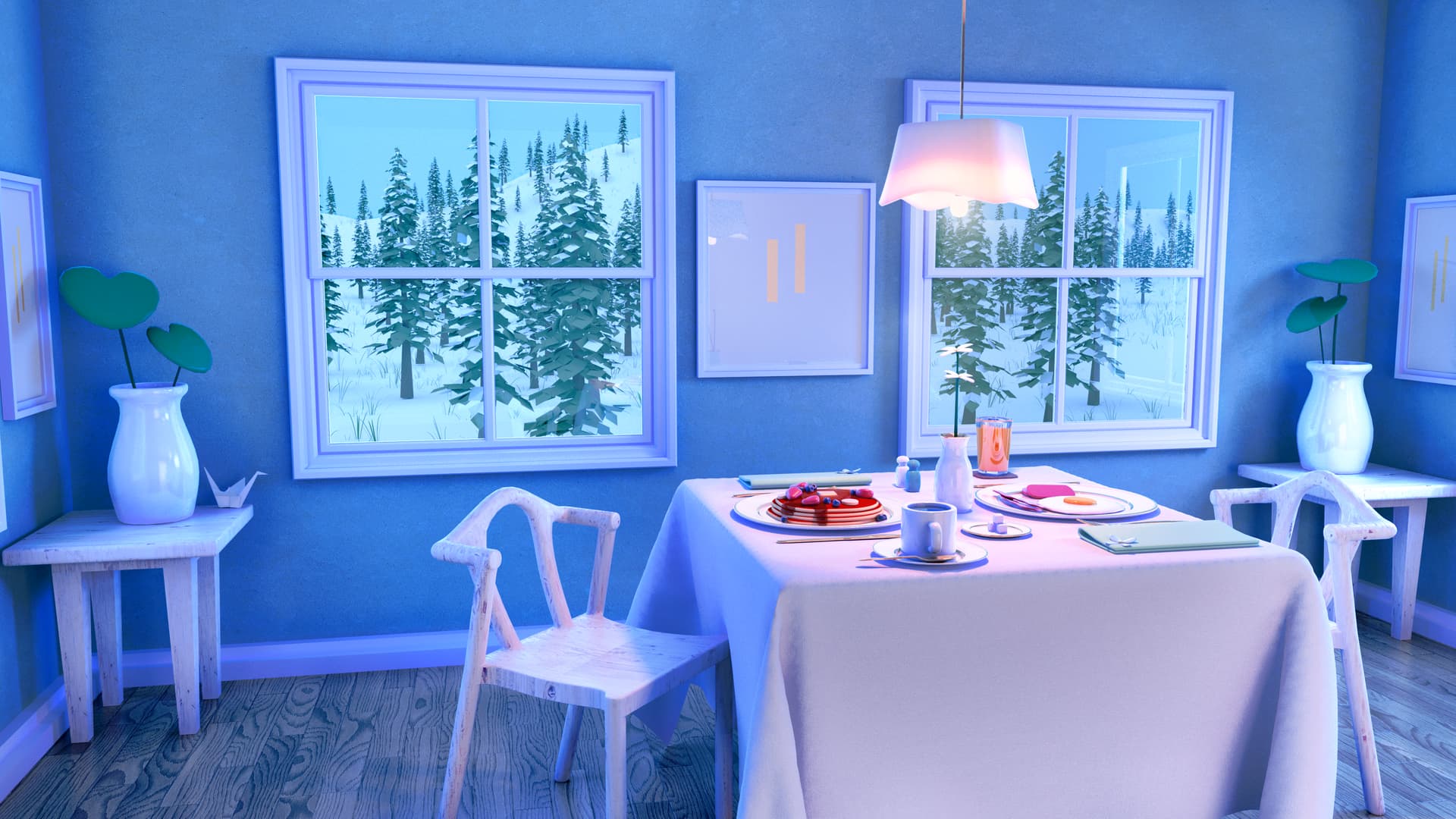




.
.
.
Below are some of the objects with a wireframe SketchUp style to get a better sense of the typology achieved with SubD when subdividing the mesh.I developed a SketchUp Extension to help me create the SketchUp wireframe style and it’s called CompoScene, but you can create it manually with the Style settings if you want.






As a final note, I want to express that I don’t think modeling with Quads is better than N-gons or vise-versa. I love that SketchUp makes modeling so easy that you don’t have to worry about topology, but I also like that I can do organic modeling without having to go to Blender or other 3d software.
Thanks for watching!
-
Cool

-
Great model and great explanation.
I've not been able to fully utilize Artisan due to the limitation of my old laptop. With my new laptop, I hope to better learn Artisan and your examples, although using SubD, actually help me understand it better.
Thanks!
-
Very nice indeed. Looking forward to seeing more mate.

-
My Curious Creature Competition Submission for 3D Basecamp AR Exhibition.
My creature won best of three for the Curious Creature competition and was exhibited in this year’s SketchUp 3D Basecamp 2022.
View in AR on the 3D Warehouse Website
The Crocodile & Dog was modeled in SketchUp and thanks to SketchUp Extensions like SubD I was able to work with quad faces. This allowed me to create organic shapes while applying the technique of Box Modeling.
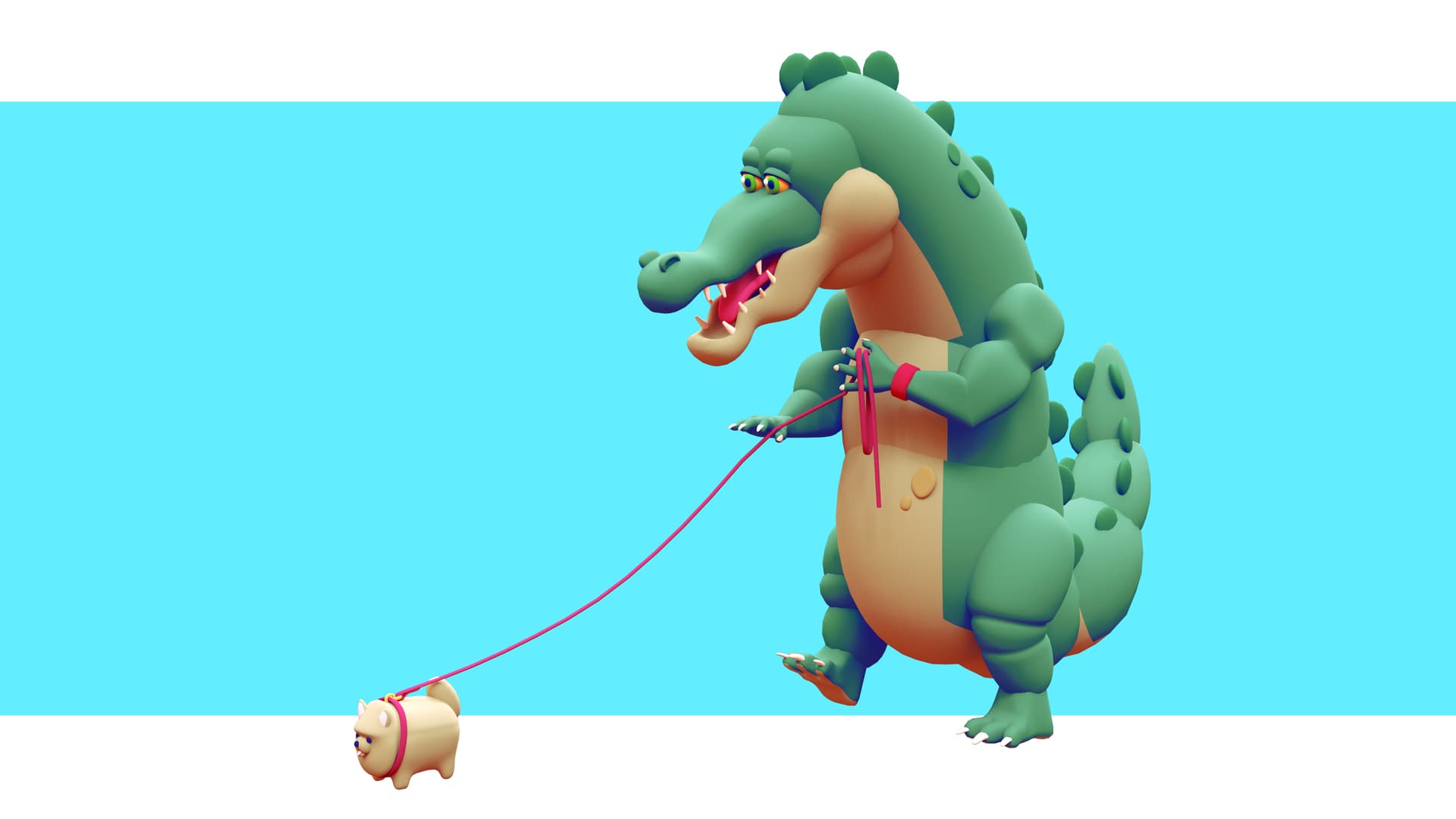
Modeling Progress


Below are renders using the default SketchUp style and no external renderer.
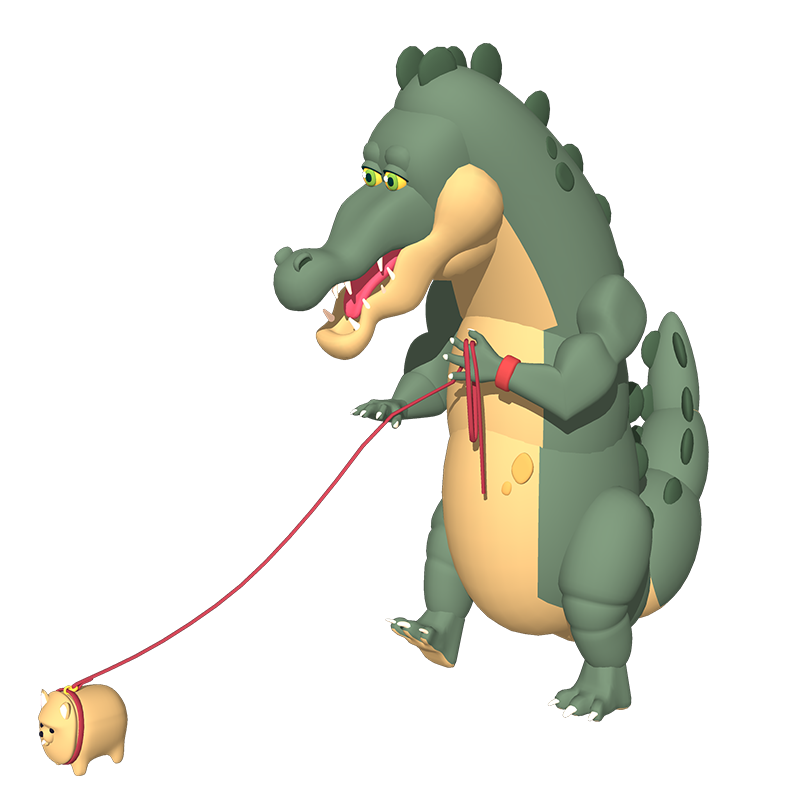
SketchUp Style - Color & Shadow
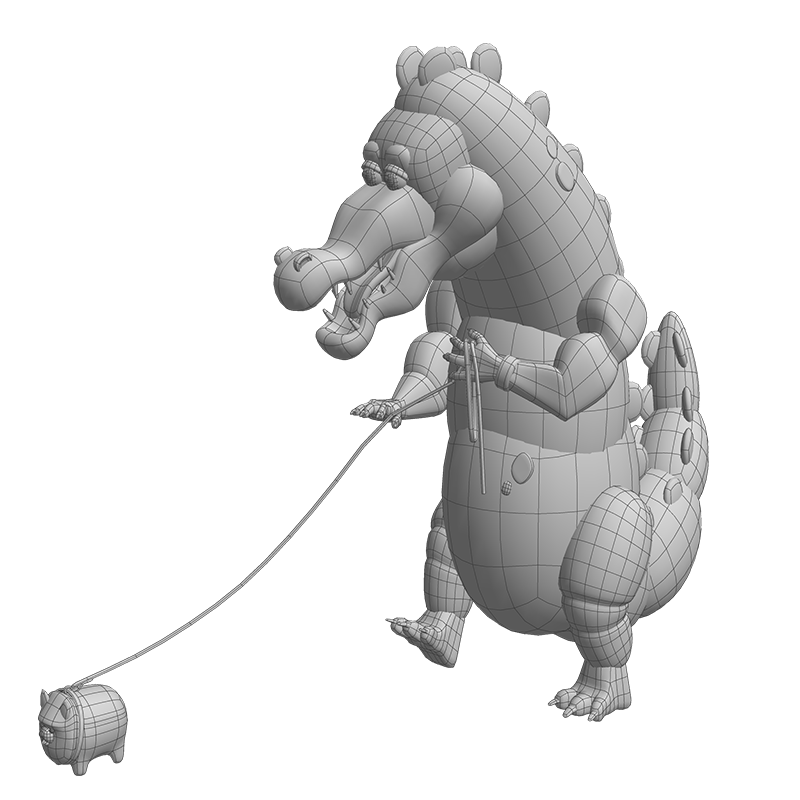
SketchUp Style - Wireframe
-
Well deserved award.
Excellent modeling and character design!

-
Bravo ! Well done

Advertisement







